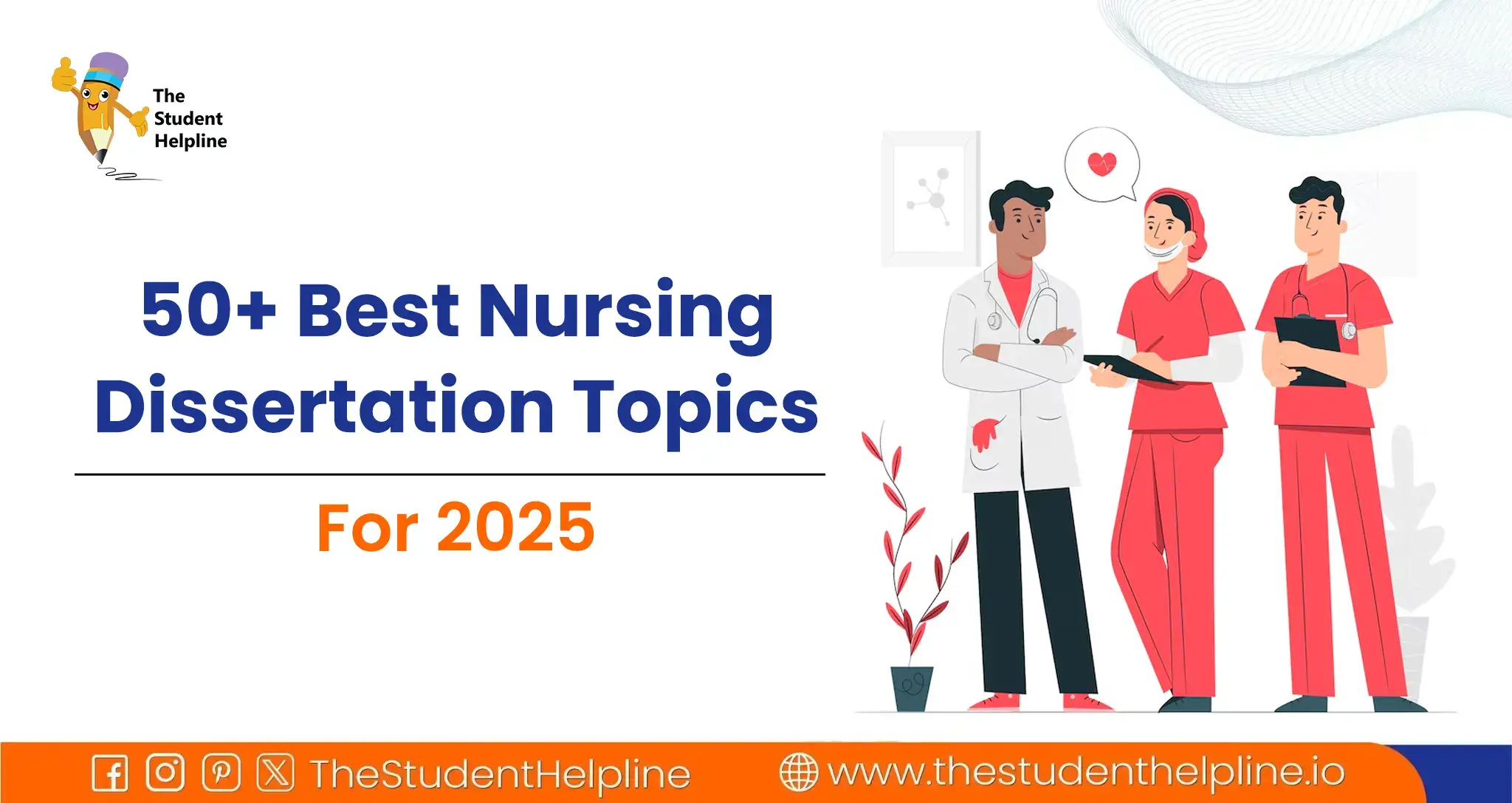EECT046 Supply Chain Management and Logistics Assessment Question:
What is a Sustainable Supply Chain?
Answer:
The concept of sustainability came to the forefront after the Brundtland Commission in 1987, where it was highlighted in terms of sustainable development and covered the environmental domain of sustainability. Sustainable Development refers to development that meets the needs of the present without compromising the needs of future generations to meet their own needs (Ruggerio, 2021). Since then, the concept of sustainability has received high significance in scientific research concerning the policies related to the management of the environment and other environmental issues, industrial processes, and agricultural production among many things. According to UNESCO (2015), Sustainability is a paradigm for thinking about the future in which environmental, societal and economic considerations are balanced in the pursuit of an improved quality of life. Therefore, the 3 main domains of sustainability are economy, environment and social. These three pillars are intertwined as changes in any one factor affects the other and the overall sustainability can be achieved by applying the concept of sustainability in all three domains. According to Jorgenson, Landefeld and Schreyer (2014), Economic sustainability refers to policies that promote long-term economic growth while minimising negative effects on the community's social, environmental, and cultural components. A fresh thread of discussion on sustainable development is social sustainability. It has evolved throughout time in reaction to the overabundance of environmental concerns and technical solutions in urban development, as well as the lack of progress in addressing social challenges in cities such as inequality, displacement, liveability, and the growing need for inexpensive housing (Woodcraft, 2015). Even though the UK's Sustainable Communities policy objective was launched a decade ago, the social elements of sustainability have been largely ignored in discussions, policy, and practice around sustainable urbanism. According to Eizenberg and Jabareen (2017), the UK Sustainable Communities document defines sustainable communities as "places where people want to live and work, now and in the future. They meet the diverse needs of existing and future residents, are sensitive to their environment, and contribute to a high quality of life. They are safe and inclusive, well planned, built and run, and offer equality of opportunity and good services for all. Therefore, a common link between the three domains of sustainability is the ability to work, produce or use resources in such a way so that both the present and the future needs can be catered to effectively.
As it can be seen from the above definitions, sustainability is the common factor that needs to be taken care of in every domain to have a safe future. A supply chain in today's business world is made up of complex worldwide networks that connect the organization's dependent and independent business divisions to coordinate collaborative efforts to reach a mutual agreement (Hofmann et al., 2013). Sustainable Supply Chain Management combines the goals of green or environmental supply chain management and corporate social responsibility (CSR) to assist businesses in achieving their triple bottom line goals of economic, social, and environmental performance. However, achieving sustainability in the supply chains is not as easy as it sounds (Baig et al., 2020). According to Lambert and Cooper (2000), traditionally, supply chain refers to the integration of key business processes from the initial stage to the end-user through original suppliers that provides products, such services and information which add value to the product for customers and other stakeholders. Therefore, ensuring sustainability at every step of the supply chain becomes a difficult task for the producers. Moktadir et al. (2018), opines that the key issues faced by organizations in implementing a sustainable supply chain include an inappropriate commitment from the top conflict management or the company leader, issues in aligning the organization goals with sustainability, difficulty in reshaping the company's policies and practices as per the new sustainability initiatives, lack of funds and investments to manage the implementation costs, lack of consumer awareness, failure in creating mass consciousness, difficulty in monitoring global suppliers and their practices or lack of resources with the suppliers to adopt sustainable practices. Supporting the afore-mentioned issues, Baig et al. (2020), states that the size of the firms also acts as a barrier in implementing sustainability initiatives in the supply chain. Large firms and multinational organizations have better financial resources to support the research and development, financing, and marketing capability to ensure a sustainable supply chain. While for small firms, this becomes difficult as the implementation cost and the cost of production for the firm rises.
To better understand the model of the sustainable supply chain, the present essay will analyze the supply chain of H&M fast fashion brand and critically evaluate whether H&M can achieve its stated sustainability goals. Sustainable Supply Chain Management of H&M combines the goals of environmental supply chain management and corporate social responsibility by maintaining the transparency of its supplier's list and ensuring that the raw material sourcing is 100% sustainable. Additionally, the company works tremendously to sensitize both its consumers and suppliers to ensure that they adopt sustainable practices while production and consumption (H&M Group, 2018). As customers become more concerned with sustainability and ethical sourcing, H&M's supply chain tactics have played a crucial role in transforming the fast-fashion supply chain. While adhering to strong environmental standards, the company's supply chain has resulted in reduced lead times and wastage (Britt, 2020). The most instrumental change in H&M's journey has been a shift from a heavy-footprinted fast-fashion world to a better and more sustainable version (H&M Group, 2018). H&M promotes sustainability by requiring suppliers to follow the company's code of conduct. This code strives to guarantee that suppliers acquire textiles from responsible, sustainable manufacturers and that things manufactured for the firm meet a set of ethical requirements, including paying employees a fair wage, not using child labour, and providing safe working conditions. H&M also has apparel lines committed to ethical and sustainable sourcing (H&M Group, 2018).
The key characteristics of H&Ms supply chain involve the following:
- Use of cleaner raw materials and sources of energy
- Better inventory management and demand planning to minimize wastage
- Traceability of raw materials and suppliers to maintain transparency
- Sustainable sourcing of raw materials by monitoring the suppliers and their activities
- An objective to attain the use of 100% recycled or sustainable materials by 2030
- Minimized packaging in the distribution process
- Collection of discarded clothing for reuse or recycling at retail locations across the H&M stores
H&M has taken a lot of significant moves in 2020. The company has embraced innovative fabric recycling technologies, including the first commercial items created from Renewcell's Circulose and the world's first collection employing the mixed-fibre textile recycling Green Machine. These advancements demonstrate that garment recycling is scalable and financially viable, bringing the business closer to its new target of employing 30% recycled materials by 2025. The company is also incorporating circularity ideas into its design process and continues to test and scale cutting-edge materials, such as those created from textiles, plastic, and agricultural waste (H&M Group, 2020). The brand is helping customers access and enjoy clothes more sustainably by expanding the second-hand platform Sellpy into new areas and offering new services like COS Resell and Arket Rental. The brand stands by its responsible purchasing policies and supplier agreements and is in regular contact with them to help their companies through these trying times. Simultaneously, H&M Group's new wage policy will adopt a regional approach to improve working conditions in its supply chain (H&M Group, 2020).
H&M has recently launched its subsidiary, Treadler, to promote long-term transformation in the business by allowing other firms to access H&Ms supply chain. With this, H&M intends to guide customers through product development, sourcing, production, and logistics to assist them "overcome early business roadblocks and accelerate sustainable transformation" (Industry Dive, 2020). This year, H&M put a strong emphasis on increasing its inclusion and diversity efforts, with new collaborations, enhanced transparency, and improved representation across the company. The company is working to make its sustainability strategies and performance, as well as the sustainability credentials of its goods, more transparent. Furthermore, the huge success of its sustainability linked bond, which was launched in February 2021, demonstrates the need for sustainability-driven projects. This sort of bond not only serves as another example of open obligations and incentives but also aids in the good change of the fashion sector (H&M Group, 2020). The bond is contingent on H&M Group reaching several environmental goals, including a 20% reduction in emissions from its activities by 2025. H&M has also committed to a 10% reduction in absolute Scope 3 emissions from garment manufacture, fabric production, upstream transportation, and raw materials. Even if it doesn't know where each farm is located, the brand has an impact on the raw material selection by adhering to its social and environmental criteria. Recently, Blockchain technology was used to monitor three sustainable fibres through six tiers of its supply chain as part of a pilot project. 64.5% of its resources are recycled or come from more environmentally friendly sources. 100% of its cotton is organic, recycled, or acquired in a more environmentally friendly manner (H&M Group, 2020). Thereby, stating that the brand is working relentlessly to achieve a sustainable supply chain and has also partially achieved its stated sustainability goals.
Must Also Read: SUM304 Sustainable Development
Reference list
Baig, S.A., Abrar, M., Batool, A., Hashim, M. and Shabbir, R. (2020). Barriers to the adoption of sustainable supply chain management practices: Moderating role of firm size. Cogent Business & Management, 7(1).
Britt, H. (2020). The H&M Supply Chain Could Be the Model to Follow in Making Fast Fashion Sustainable. www.thomasnet.com. Available at: https://www.thomasnet.com/insights/h-m-supply-chain/.
Eizenberg, E. and Jabareen, Y. (2017). Social Sustainability: A New Conceptual Framework. Sustainability, 9(1), p.68.
H&M Group (2018). Sustainability | H&M. H&M. Available at: https://www2.hm.com/en_gb/sustainability-at-hm.html.
H&M Group (2020). Sustainability Performance Report 2020. Available at: https://hmgroup.com/wp-content/uploads/2021/03/HM-Group-Sustainability-Performance-Report-2020.pdf.
Hofmann, H., Busse, C., Bode, C. and Henke, M. (2013). Sustainability-Related Supply Chain Risks: Conceptualization and Management. Business Strategy and the Environment, 23(3), pp.160172.
Industry Dive (2020). H&M pilots supply chain service Treadler to improve industry sustainability. Supply Chain Dive. Available at: https://www.supplychaindive.com/news/hm-pilots-treadler-sustainability/573480/.
Jorgenson, D.W., Landefeld, J.S. and Schreyer, P. (2014). Measuring economic sustainability and progress. Chicago ; London: University Of Chicago Press.
Lambert, D.M. and Cooper, M.C. (2000). Issues in Supply Chain Management. Industrial Marketing Management, 29(1), pp.6583.
Moktadir, M.A., Ali, S.M., Rajesh, R. and Paul, S.K. (2018). Modeling the interrelationships among barriers to sustainable supply chain management in leather industry. Journal of Cleaner Production, 181, pp.631651.
Ruggerio, C.A. (2021). Sustainability and sustainable development: A review of principles and definitions. Science of The Total Environment, 786, p.147481.
UNESCO (2015). Sustainable Development. UNESCO. Available at: https://en.unesco.org/themes/education-sustainable-development/what-is-esd/sd.
Woodcraft, S. (2015). Understanding and measuring social sustainability. ResearchGate. Available at: https://www.researchgate.net/publication/286595877_Understanding_and_measuring_social_sustainability.
We Are also Provide Related Topics on Management



 Australia
Australia USA
USA United Kingdom
United Kingdom Canada
Canada Malaysia
Malaysia Singapore
Singapore Hong Kong
Hong Kong Qatar
Qatar UAE
UAE Saudi Arabia
Saudi Arabia Kuwait
Kuwait Bahrain
Bahrain Oman
Oman Jordan
Jordan New Zealand
New Zealand Ireland
Ireland











